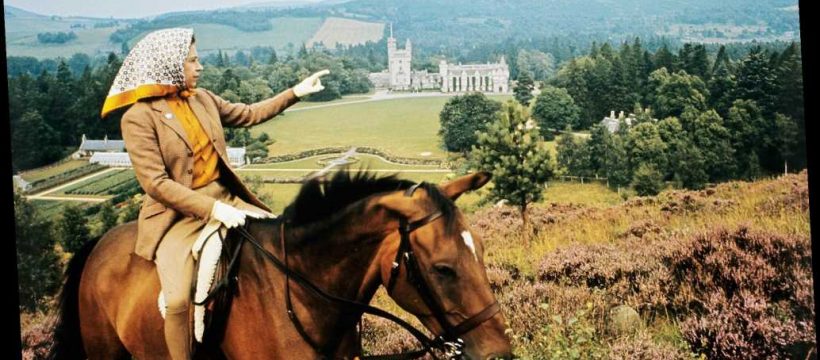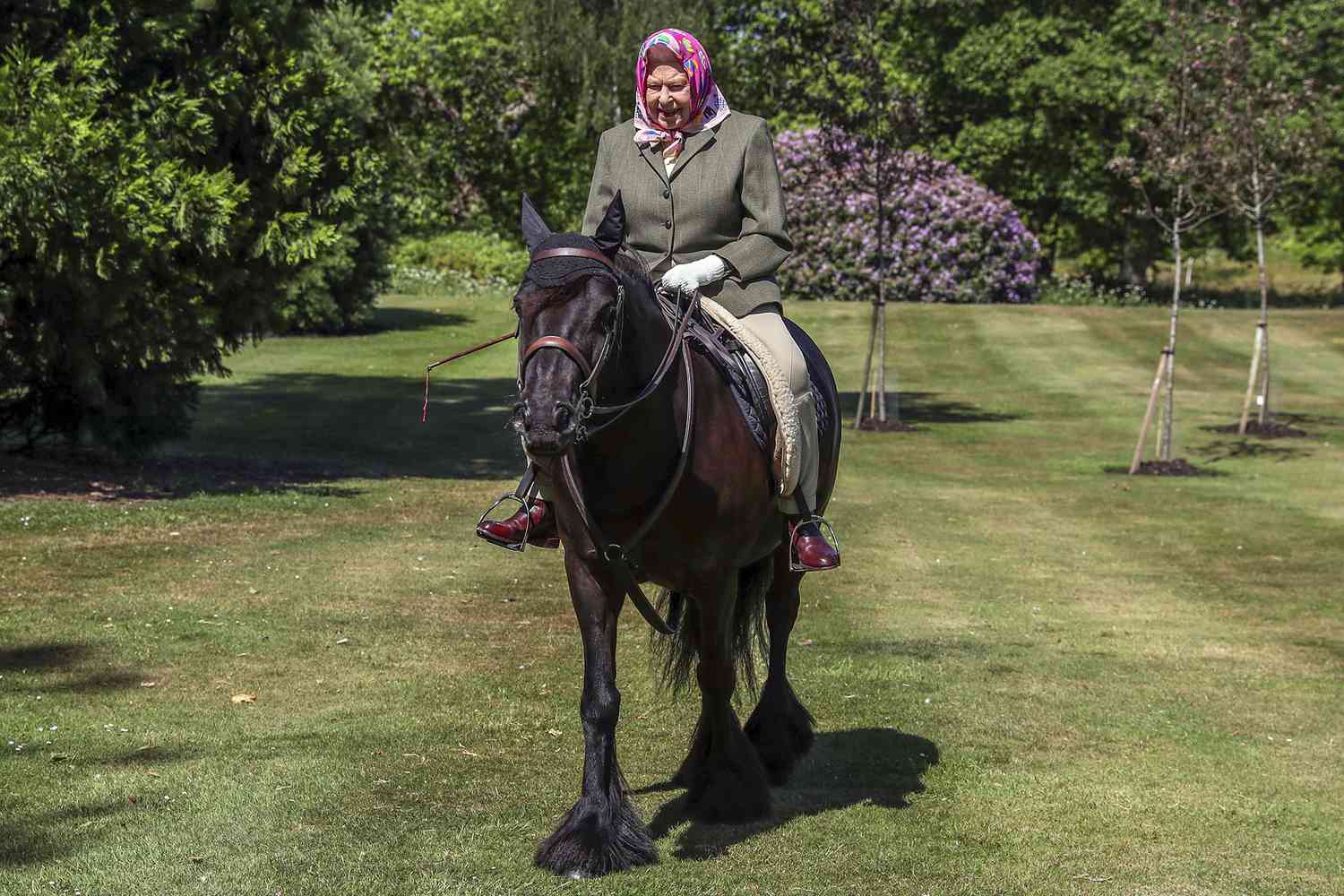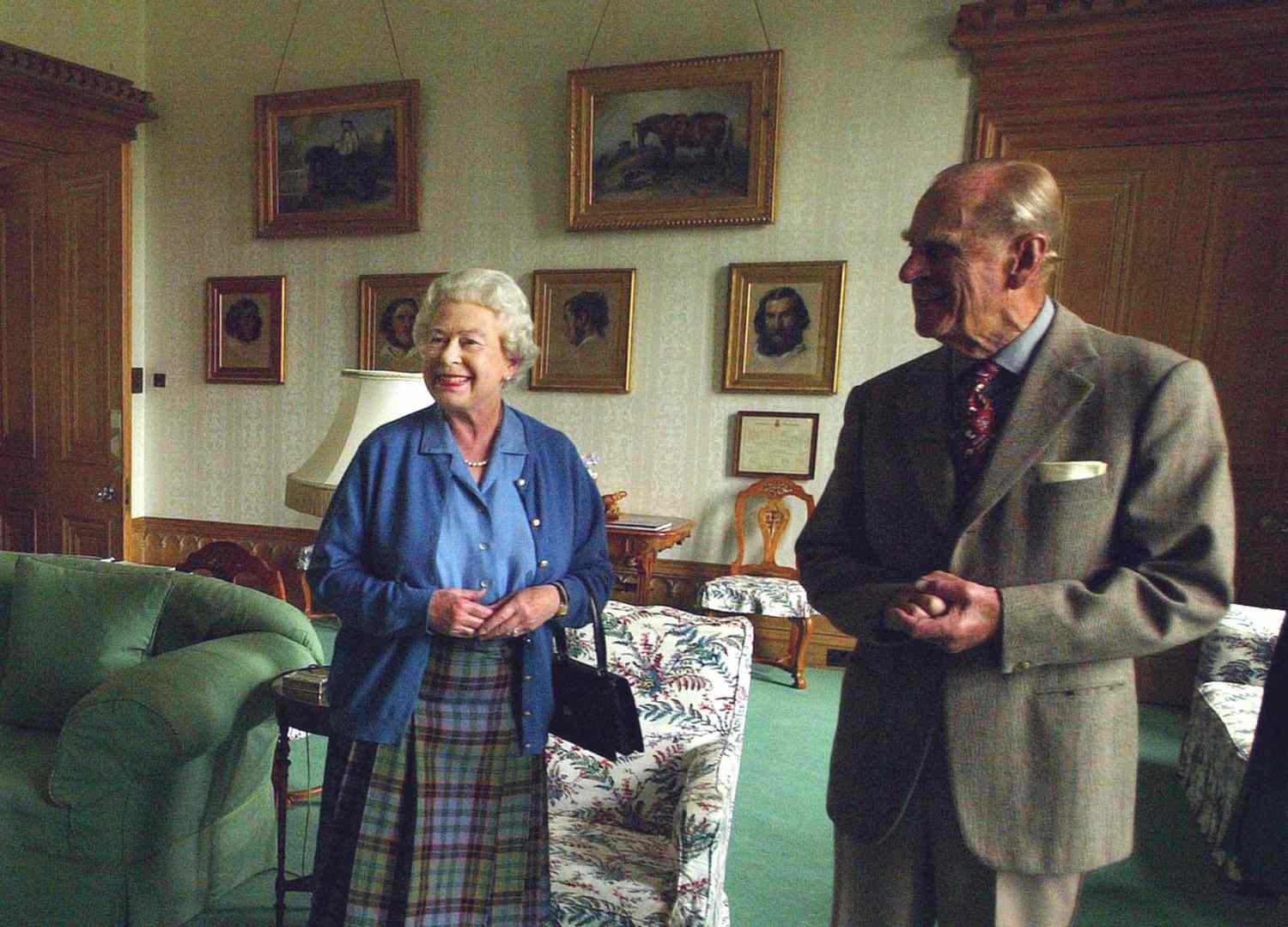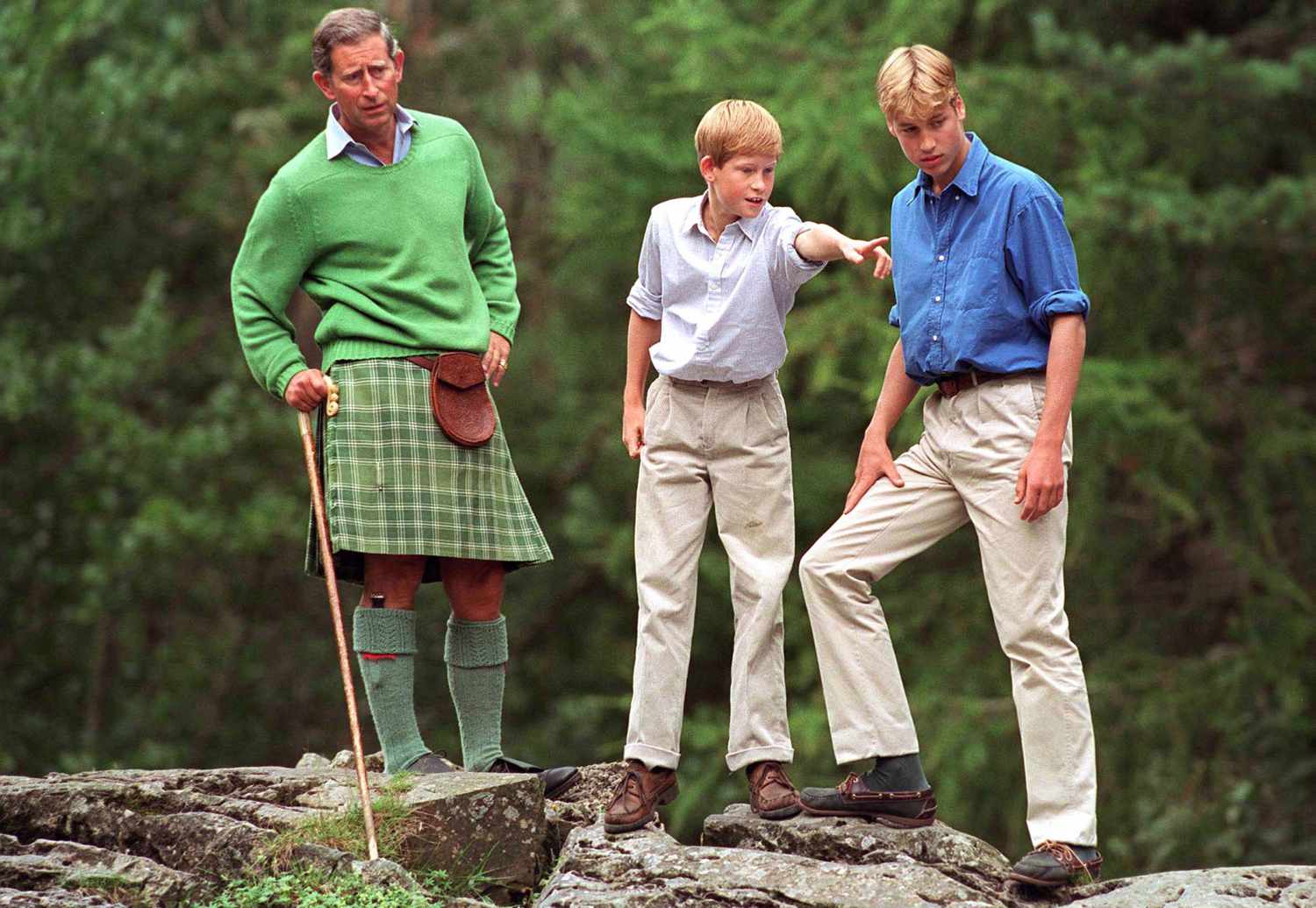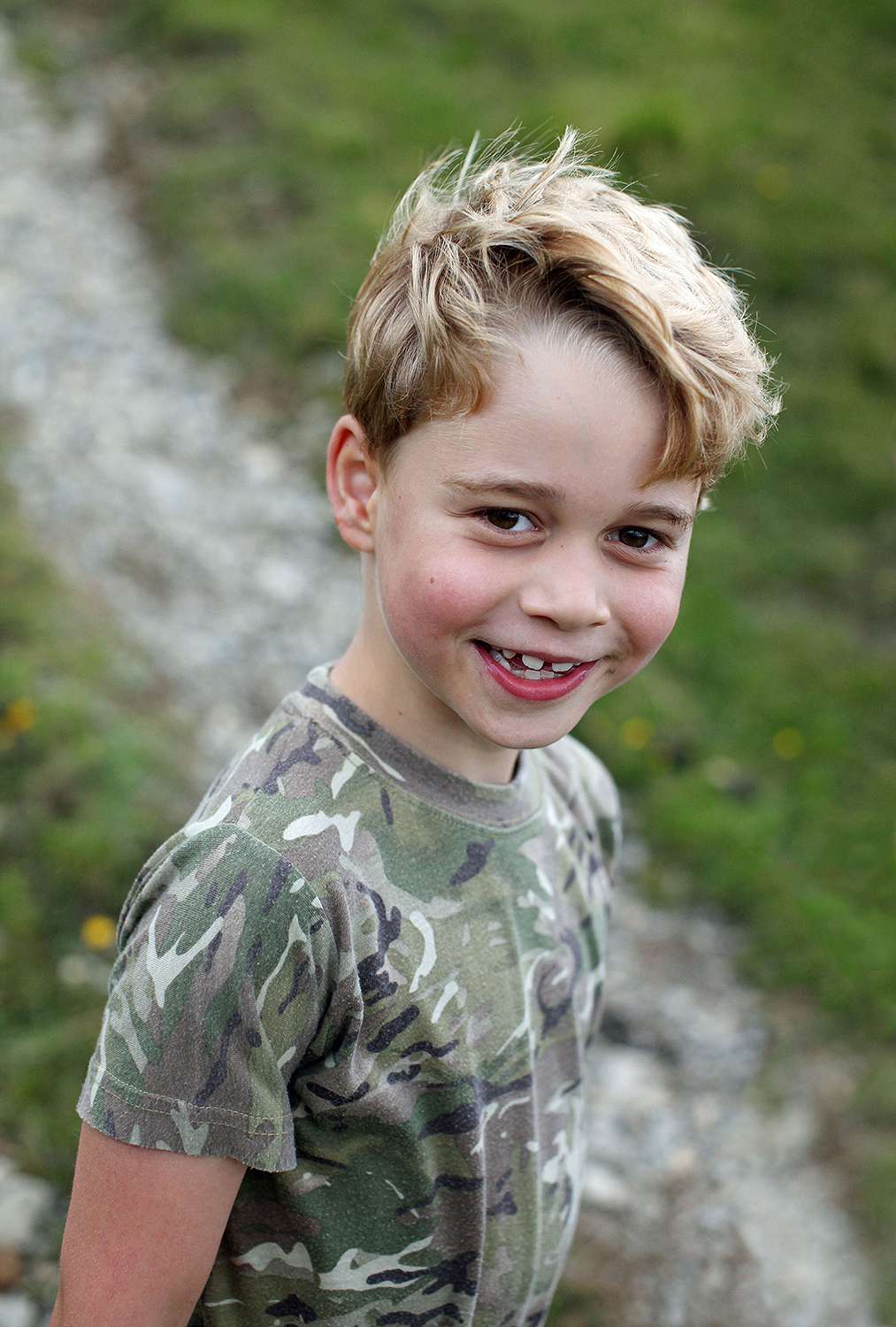Queen Elizabeth has suffered the heart-wrenching blow of seeing five of her beloved Highland ponies die from a mysterious disease called Equine Grass Sickness (EGS).
The devastating yet largely unexplained illness first struck the Queen's Balmoral Estate in Scotland during the summer of 2017, claiming the lives of a 2-year-old filly called Friendly and her 7-year-old mother, Clunie, Balmoral stud manager Sylvia Ormiston recently confirmed to British Horse Society magazine.
This was followed by the death of a 3-year-old gelding called Omar later in the year. Then in the spring of 2018, both of the stud’s young stallions, Balmoral Lord and Balmoral Hercules, died of EGS, forcing the estate to halt it's breeding program.
"There is so much we need to know," Ormiston told the BHS, which has had the Queen as patron since 1952. "We don’t even really know how many equines die of EGS each year because testing doesn’t always happen."
"Here at Balmoral we are prepared to help in any way we can to make progress towards a cure for this dreadful disease."
To help achieve this the Balmoral stud is working closely with the Moredun Research Institute in Edinburgh to find a cure.
Stubbornly refusing to be beaten by the disease, the Queen, who recently enjoyed her traditional summer break at Balmoral with Prince Philip, 99, has also allowed Ormiston to lease an 18-year-old stallion called Sunny of Runivraid or Mac to kick-start the Highland stud back into action.
This has seen the fields of the estate welcome a string of grey foals whose names, such as Archer, MacGregor Colt and "Wee" MacPhee Filly, were all agreed by the Queen when she first met them.
"We are delighted with our herd, and they are a pleasure to be around," Ormiston tells the BHS. "To be able to safely walk among relaxed ponies with groups of visitors or family members is worth more than money itself.
She continues, "I do often have comments saying how well-mannered the ponies are, and when I hear this, I know my job is done!"
The Queen established a Highland Pony stud on her 62,000 acre Balmoral estate in the summer of 2007.
The small, gentle yet incredibly tough hill ponies are perfectly suited to trekking the rugged Scottish glens, where they carry out the traditional estate work of farming, forestry, and transporting shot deer and grouse.
"The Queen is involved in every decision we make," Ormiston adds about the monarch's influence.
"We try and breed the traits we want, then give them the right education and handling from the word go," Ormiston adds, before revealing that the royal ponies are then shown "for the Queen’s pleasure," and that "because she likes to take part. A prize is a bonus!"
Can't get enough of PEOPLE's Royals coverage? Sign up for our free Royals newsletter to get the latest updates on Kate Middleton, Meghan Markle and more!
Balmoral Castle has been used by the royal family as a summer retreat for more than 150 years, where the seclusion of the Scottish highlands allows them to entertain friends and political leaders, hold dances, picnic and go on shooting parties — all the while battling swarms of nibbling flies that stalk the heather-covered Glens.
Due to the coronavirus pandemic, however, the Queen and Prince Philip's recent Scottish break was a far more private holiday, with just close family members allowed to enter the strictly enforced quarantine zone around the royal couple — something courtiers jokingly refer to as HMS Bubble.
This saw Prince George take part in Balmoral's annual grouse shoot for the first time, alongside dad Prince William and mom Kate Middleton.
George, 7, watched the adults take part in the shoot on the 7,000-acre grouse moor at Corgarff — about 10 miles from Balmoral Castle. His siblings Princess Charlotte, 5, and Prince Louis, 2, were not present.
Like other family members, including Princess Eugenie and husband Jack Brooksbank, William and Kate had to maintain social distancing during their catch-up with his grandmother. The Cambridge family also reportedly stayed in a separate property on the estate, rather than the main castle.
Source: Read Full Article
